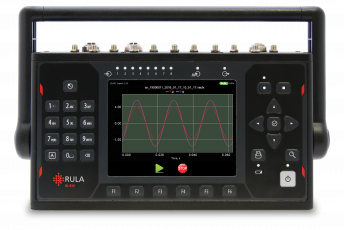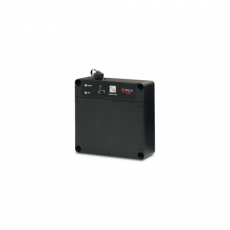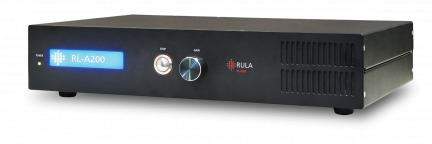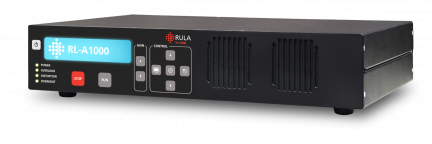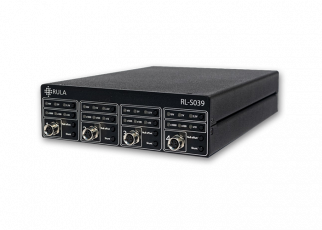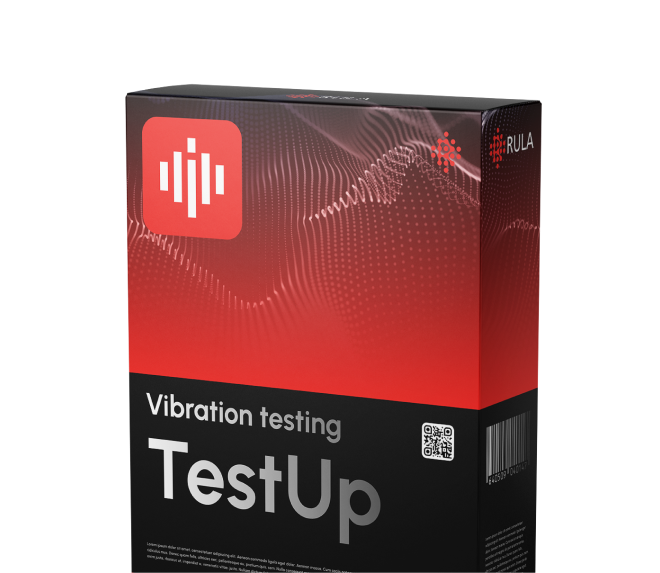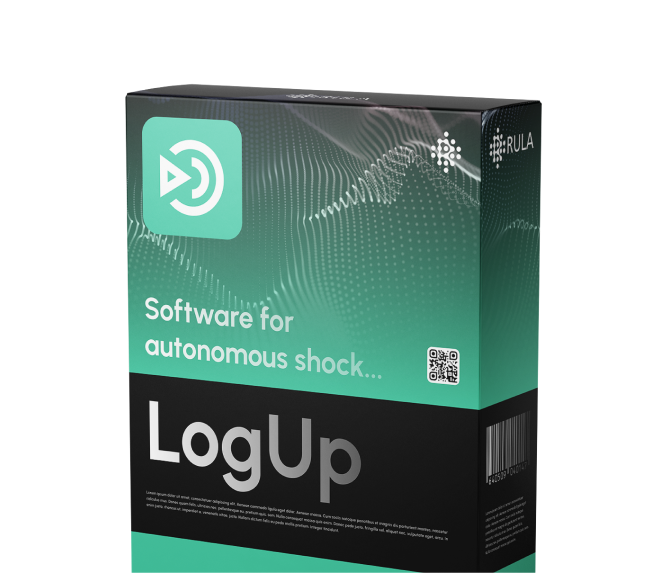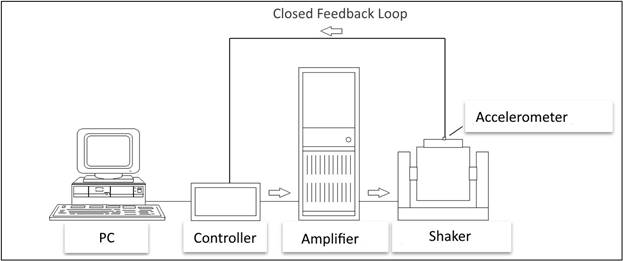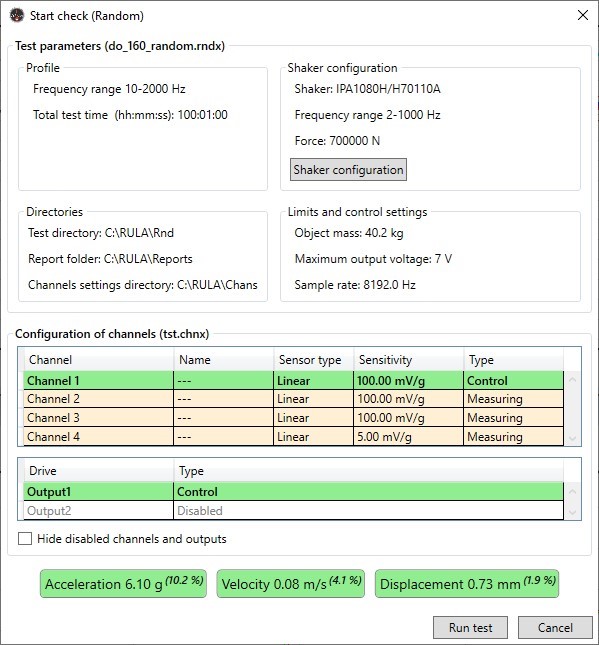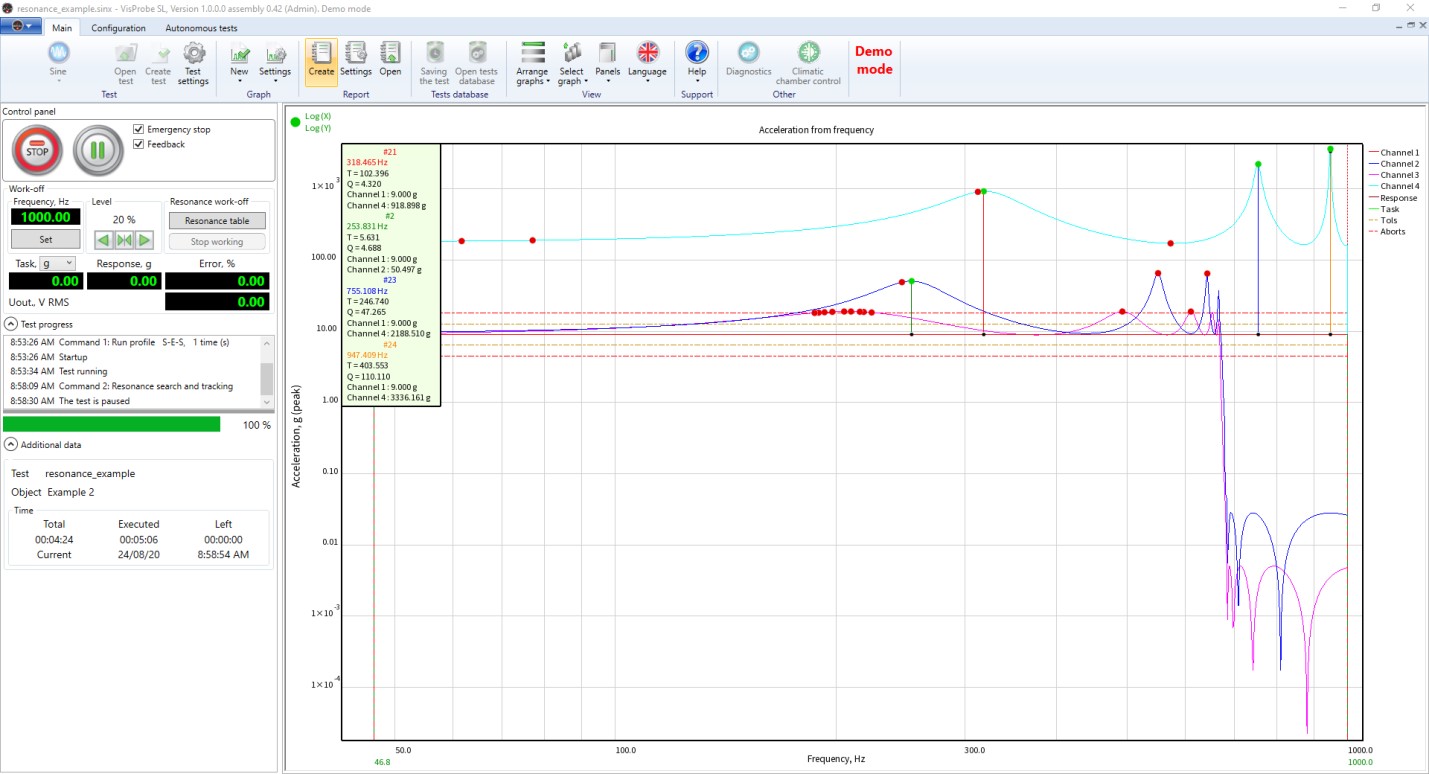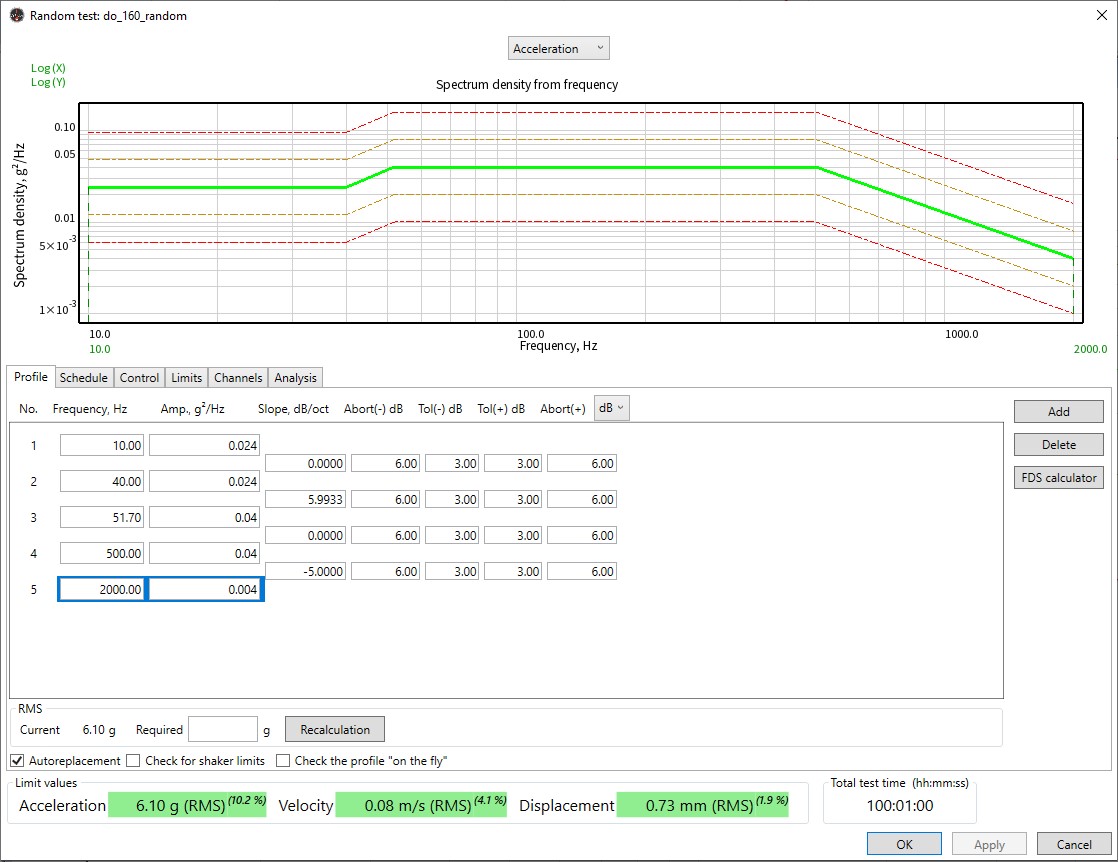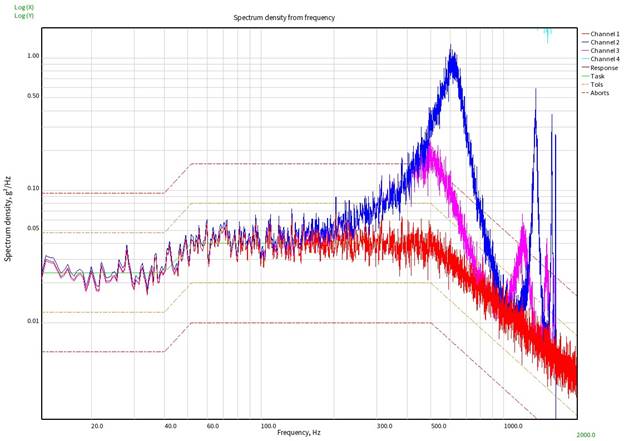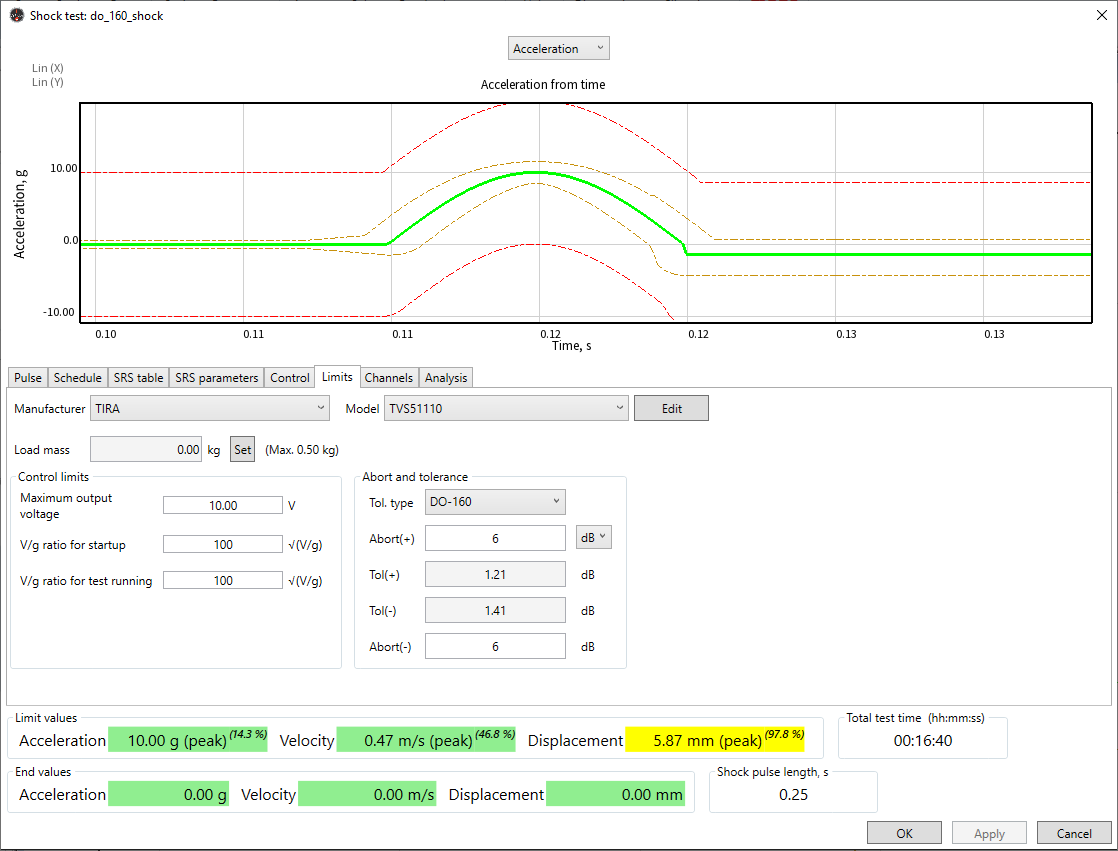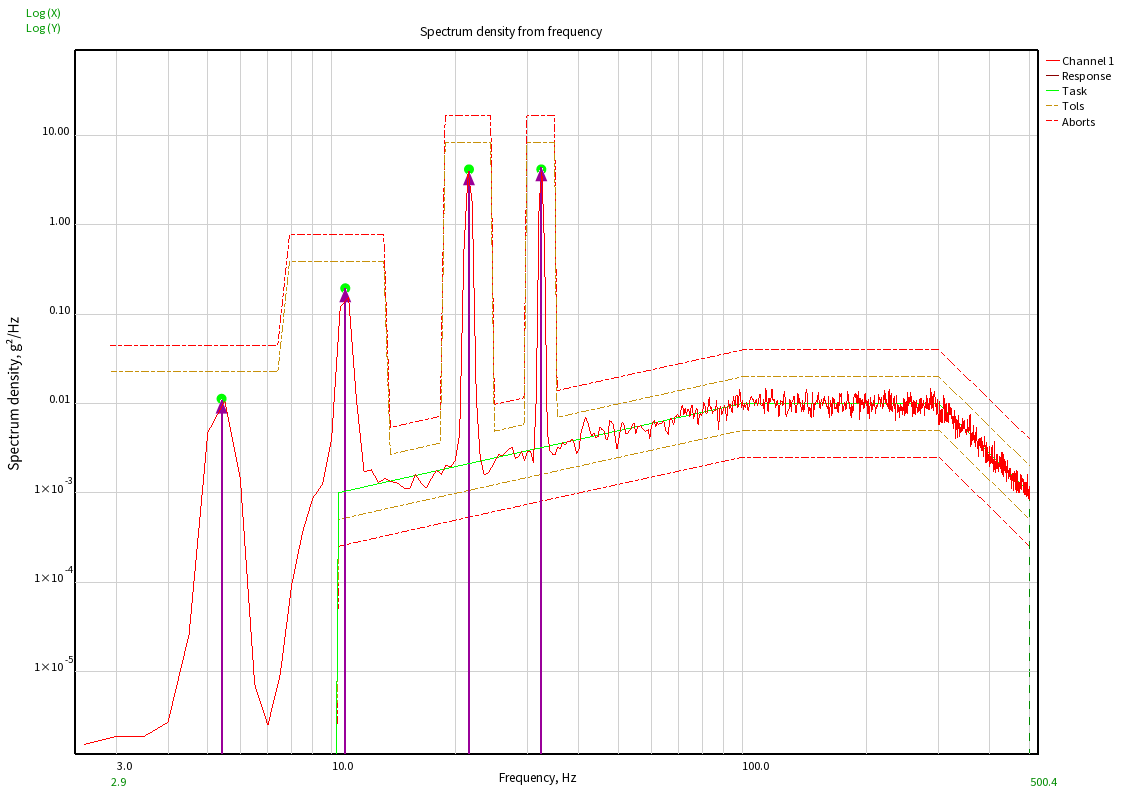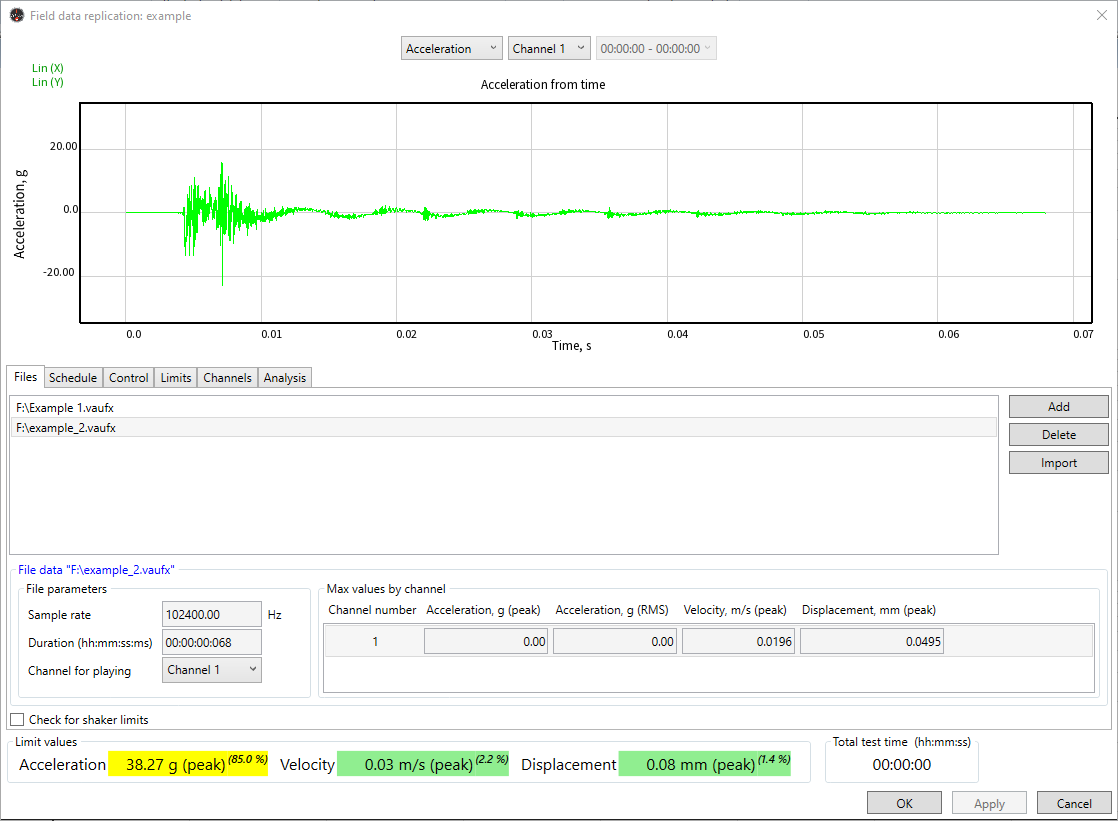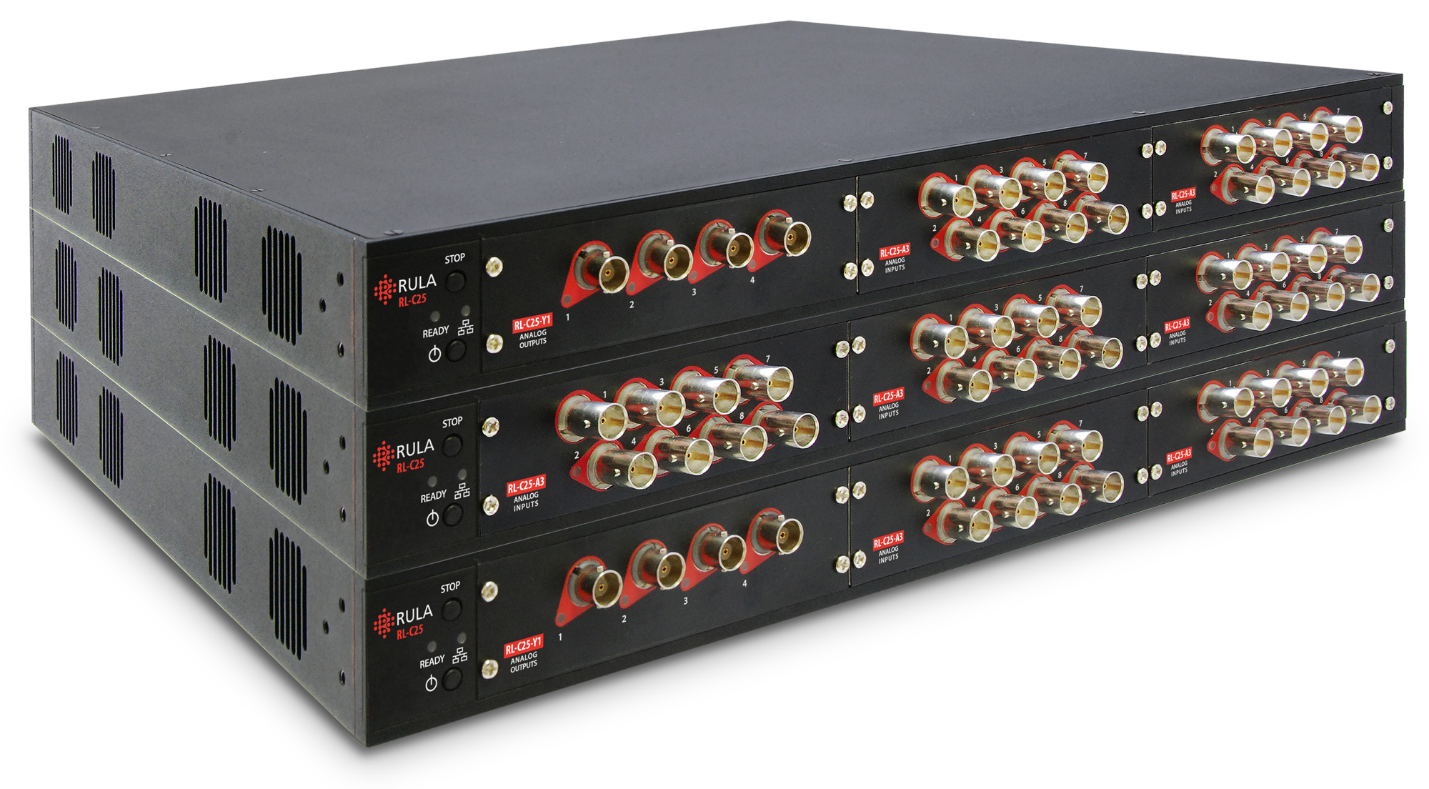Why do we need vibration testing?
Let's take aircraft as an example. An aircraft is susceptible to high levels of vibration at take-off and landing, a certain level of oscillation during the flight, and increasingly high vibration or shocks in turbulence. All of these may have an effect on the structure of the aircraft body, as well as propulsion and flight control systems. Any faults in the construction or high resonance may cause damage to the moving parts of the aircraft, creating potential danger for the passengers. Our immediate goal is to counter this risk and ensure the safety of the user.
By carrying out vibration tests, we can predict how much vibration the object under test can withstand and prevent the damage it could cause. Along with other environmental tests, vibration tests are vital for proving the reliability of the product during development, manufacturing, and quality control. A number of internationally recognized standards (MIL-STD 810, ISO, IEC, BS EN 60068-2-27, DO-160) are introduced to regulate vibration testing procedures.
What is a vibration testing system?
A vibration testing system is a set of equipment necessary to perform vibration tests. See the elements of a vibration testing system below.
Vibration testing set
An electrodynamic vibration shaker or exciter is used to deliver force to the object under test, proportional to the current delivered to its input. Essentially, the shaker works as a loudspeaker. At its heart, it has a magnet or an electromagnet and a moving coil of wire suspended in the magnetic field. When a certain current is moved through the coil, it produces a proportional vertical force, which moves the table structure of the shaker with the test object fixed to it.
A power amplifier receives the signal from the vibration control system and delivers the necessary amplified power to the shaker.
Sensors are mounted on the shaker table and/or test object to register the impact from the shaker and send the information to the vibration control system. In the course of vibration tests, accelerometers are most commonly used, even though other types of sensors (velocity, displacement, force, strain gauge, etc.) may be required, depending on the particular tasks. The most widely applicable accelerometers are IEPE and charge accelerometers. Nowadays TEDS accelerometers (Transducer Electronic DataSheet, which have embedded information about their sensitivity) become more and more widespread.
What is the role of the vibration control system?
RL-C21 Vibration control system
In a test set, a controller (or a vibration control system) is the brain center of the vibration testing process. Along with the vibration testing software on your PC, the system controls each step of the vibration test.
Before a vibration test, the user enters the required parameters of the test in the software. The system is to guarantee that the object under test receives the exact specified impact. To do that, a vibration controller is to ensure a closed control loop.
The closed-loop feedback mechanism in a vibration test is initiated at the test start-up. Before running a test at full capacity with the parameters specified by the user, the controller delivers a smaller signal to the shaker, in order to register the alterations and distortions to the signal caused by THD of different system elements (shaker, amplifier, sensor, and the controller itself). The controller then makes the necessary corrections, so that the response signal precisely corresponds to the task, and runs the full-scale test.
TestUp pre-start check window
Another important function of a vibration control system is to ensure that the predefined vibration test is safe for the operator, the equipment, and the object under test. For that purpose, a good vibration controller runs a number of pre-start checks to confirm that the shaker, system, and sensor parameters are within the established limits. Besides, the controller needs to have an efficient emergency stop mechanism to prevent shaker damage during the test.
We strive to provide maximum automation of the vibration test process. The user will need to enter the initial test parameters in intuitive software, select the shaker and sensor parameters from a convenient database, choose the necessary test type or test sequence, and press Start. There is minimum involvement on the part of the operator during the test – they can visually control the test progress on the test panel and observe the data on well-designed graphs of their choice. On test completion, the software will create a full test report based on an existing pattern, or user-defined.
Therefore, it is hard to overestimate the importance of the vibration control system in a vibration test set. A carefully selected vibration control system is sure to make your vibration testing experience easier and more productive.
How do you choose the equipment for your vibration test?
When you are choosing the equipment for your vibration test, there are a number of questions you need to bear in mind.
First and foremost, the choice of the particular vibration set element should depend on the requirements and technical specifications of your task. The user is to know the standards or technical parameters, which will ensure that the object is tested in the right way. You have to make sure that:
- Shaker
- has a frequency range correspondent to test specifications;
- the maximum object mass is within the shaker capabilities;
- Amplifier
- is compatible with your shaker;
- Sensor
- has the sensitivity allowing for precise measurements on the lowest and highest levels of your test;
- can measure the maximum possible acceleration during the test;
- Vibration controller
- along with all features described in the paragraphs above, it should be able to perform all vibration test types you require for your project;
has a sufficient number of input and output channels.
Types of vibration tests
There is a wide range of vibration tests available, so the user can choose the exact options suited for their needs. We can roughly subdivide vibration tests into 3 categories:
- Tests based on simple models: Sine, Random, Shock;
- Tests based on a combination of the simple models: Sine-on-Random, Random-on-Random, Shock Response Spectrum (SRS), Transient Time History (TTH), etc.;
- Tests based on the reproduction of real data: Field Data Replication.
Test based on simple models
Among the tests of the first category, Sine is the most common and well-established test type. In the case of the Sine test, the signal delivered to the shaker has the sinusoidal form. The amplitude of the Sine may be specified in the units of acceleration, velocity, or displacement (depending on the test frequency and other peculiarities of the test). The task and response may be calculated in amplitude or RMS values. 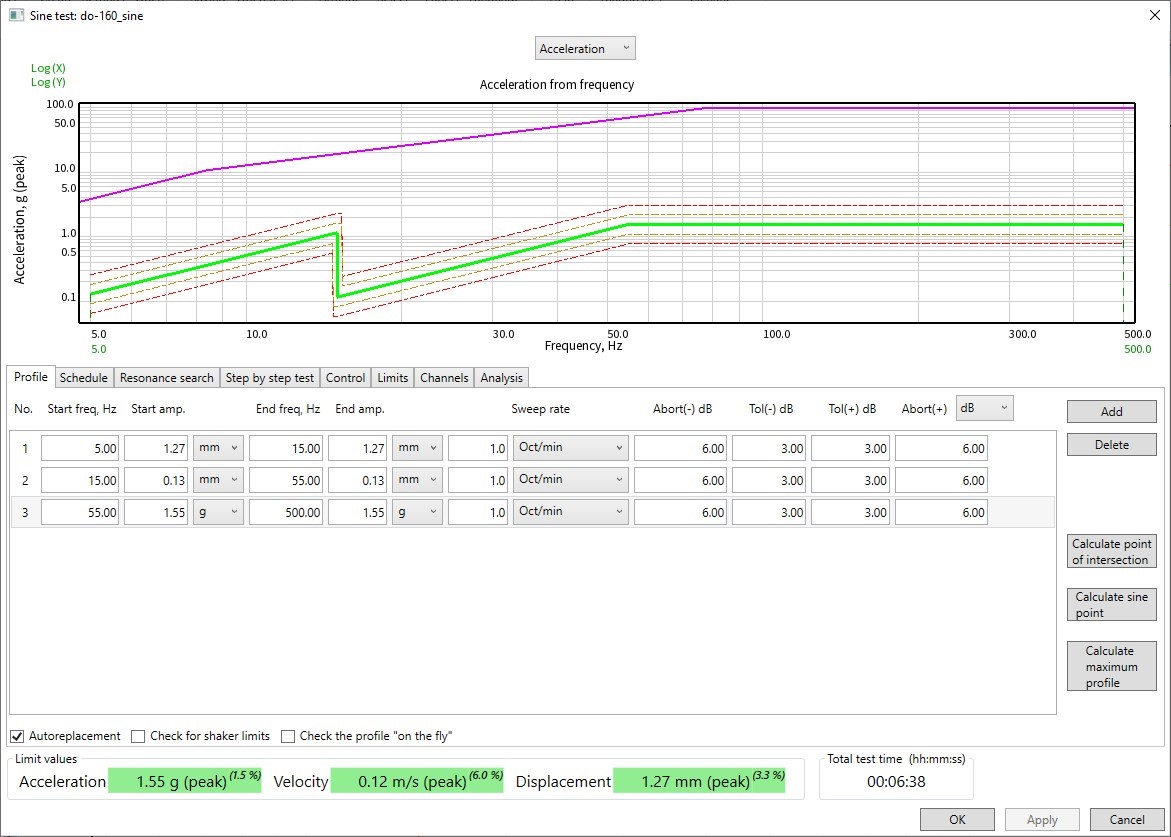
Sine test profile set in TestUp
An important sub-module of the Sine test is Resonance Search and Tracking, which allows finding resonances in the object under test and dwelling on them to test the durability of certain parts.
Resonance search and tracking in TestUp
Random test is another simple model, which, unlike Sine test, contains all frequencies of the specified range. In Random test, the instant values of acceleration are distributed according to the Gaussian law, but the frequencies in the signal have random phase and amplitude.
Random Profile in TestUp software
The established way of characterizing random signal is through the dimension of power spectral density, usually represented against frequency. When running test of serial products, it is essential that each object under test receives the same load while being tested. In order to prove that, a Random test has to foresee spectrum averaging procedures.
Averaged spectrum
Probability distribution
The third base model is the Shock test. In this case, the product under test is subject to some acceleration impulse, which can be described with an analytical function: half-sine, triangle, trapeze.
Shock profile in TestUp software
Shock graph
In the picture above you can observe a graph of alf-sine shock impact, with an amplitude of 10 g and duration of 10 ms. The graph also shows pre- and post-pulses – vertical movements of the shaker at the beginning and the end of the shock, which maximize the use of shaker displacement.
Shock graph
The relative simplicity and applicability of abstractions account for their popularity among users. However, basic abstractions are limited in the way they can imitate the actual operating conditions of the object under test.
Tests based on a combination of simple models
Combinations of basic models have been introduced in vibration testing in order to imitate more complex operational environments. They are usually a sum of 2 simple models; therefore, they require slightly more complicated calculations and testing procedures.
Let us take Sine-on-Random or Random-on-Random tests as an example. Such signals are synthesized as a sum of base random signal, and several Sine tones or Random bands superimposed over it. The superimposed Sine tones or Random bands can shift frequency in time against the base Random signal. Such models are applied, for instance, for testing aircraft or vehicle motion impact.
SRoR graph
Combinations of abstractions, while they serve to imitate the operational conditions more closely, also entail more complex processing, longer test duration and heavier load on the object under test.
Tests based on the reproduction of real data
In recent years, specialists in vibration testing have been inclined to use fewer mathematical abstractions as opposed to real-life data. FDR (Field Data Replication) test allows reproducing a pre-recorded signal on your shaker. I.e., one can record the actual operation conditions of the product (without having to implement any abstractions) and subsequently expose the object under test to this exact signal.
FDR test Profile in TestUp
While FDR also has certain peculiarities and limitations, in many ways this approach proves to be more adequate, e.g., in testing of vehicle motion vibration, windmills, and when it is possible to pre-record real data, etc.
This is but a quick overview of the most common vibration test options. To read about more advanced solutions, please see our other articles.
Advantages of vibration controllers produced by RULA Technologies:
Vibration controllers produced by RULA Tech. and our vibration control software guarantees the following key features for convenient and efficient vibration testing:
- Compatibility with all shaker types;
- Compliance with international standards;
- Scalable hardware architecture and modular software principle, customizable to user needs;
- Maximum safety of vibration testing with pre-start checks and emergency stop mechanisms;
- Wide range of vibration tests: from base Sine and Random to SRS, TTH, Multisine, FDS, Multishaker;
- User-friendly interface providing maximum automation of the testing process and report creation.
- High-class technical support all through your vibration testing experience.
Contact us to learn more about our products and request a formal quote.



